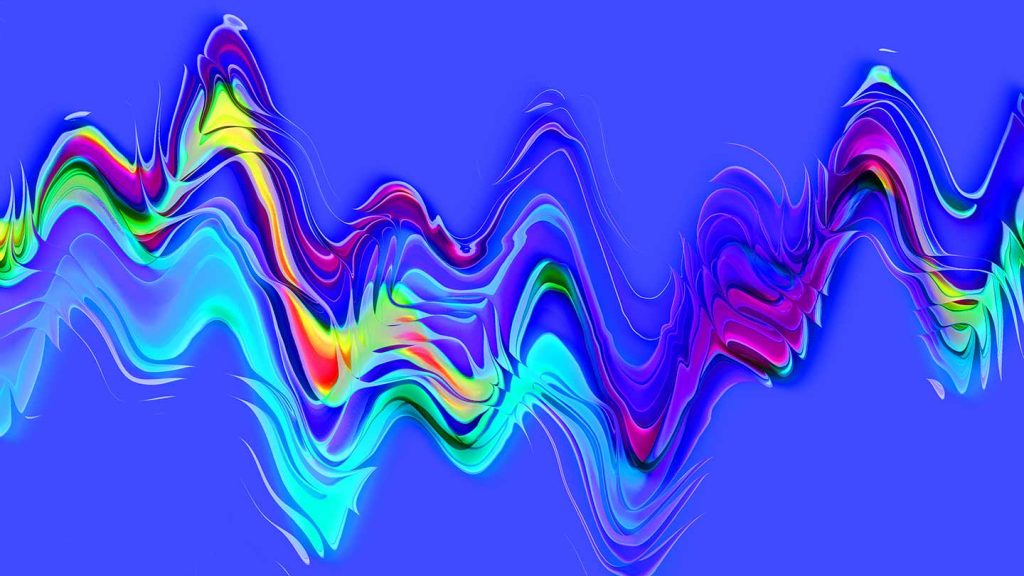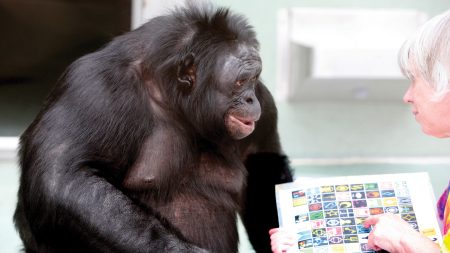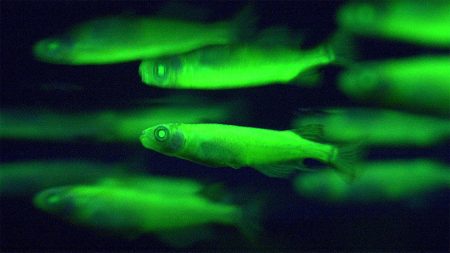In a recent contest, magicians were challenged to create magical experiences based solely on sound. The aim of the contest was to explore whether magic tricks, typically visual in nature, could be experienced using only the sense of hearing. The winning trick involved a voice that seemed to move around the listener, creating a sense of mystery and wonder.
The idea of nonvisual magic was inspired by a visually impaired student who expressed interest in understanding how magicians manipulate people’s perception of reality. The student’s childhood fascination with magic tricks, despite not being able to see them, led to a collaboration with a psychologist studying magic. Together, they aimed to make magic more inclusive for people with visual impairments and explore the psychological aspects of nonvisual magic.
The contest was also a scientific endeavor to investigate why magic tricks rarely involve the sense of hearing. According to the researchers, there are fundamental differences in how our minds process visual and auditory information. The lack of auditory magic tricks may be attributed to the fleeting nature of sounds compared to continuous visual input. Humans are more visually oriented, and our eyes play a significant role in shaping our perception of reality compared to our sense of hearing.
The central idea of a magic trick involves creating a conflict between what we believe to be impossible and what our senses tell us is happening. The surprise factor is higher when our vision is tricked compared to our hearing, leading to a preference for visual magic tricks. While some conventional magic tricks involve auditory elements, they often rely on other senses or language to enhance the illusion. It is challenging to create an auditory magic trick that does not involve language, as language plays a crucial role in how we interpret sounds.
Future plans for the nonvisual magic project include expanding the competition to engage all nonvisual senses, not just sound. The aim is to encourage magicians to think creatively and explore new ways to create magical experiences that do not rely on visual cues. The project has been empowering for individuals with visual impairments, providing them with a sense of inclusion and participation in the world of magic. The success of this year’s contest encourages the organizers to continue exploring the boundaries of nonvisual magic tricks and encouraging innovation in the field.















